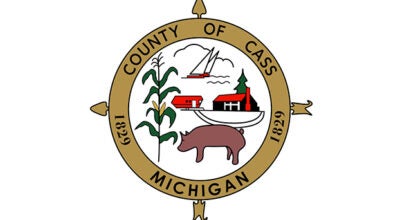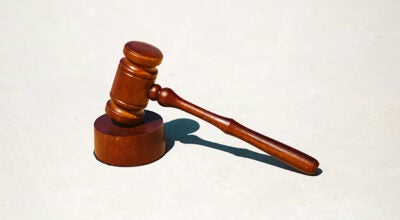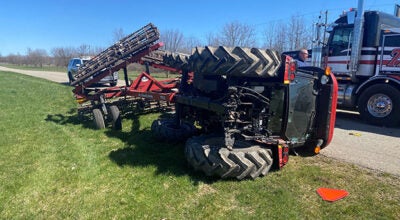County signs up for 3D aerial imaging project
Published 9:13 am Monday, September 28, 2015

Cass County has recently entered into an agreement with the Michigan Department of Agriculture and Rural Development for grant funding for 3D topographical surveying work to be performed next year in the county. Using laser equipped planes (shown), the county’s peaks and valleys will be measured down to the foot. (Photo courtesy of the USGS)
Sizing up the curves and contours of Cass County’s landscape down to the exact foot would be a tall task for any land surveyor.
Thanks to an aircraft equipped with state-of-the-art laser technology, this extensive mapping work will only take a fraction of the time it would require by traditional methods — and will end up costing taxpayers absolutely nothing.
The Cass County Board of Commissioners recently approved an agreement with the Michigan Department of Agriculture and Rural Development (MDARD) for $54,300 worth of grant funding that will be used to pay for area topography work through the U.S. Geological Survey (USGS) 3D Elevation Program. Though the agreement requires the county to providing a matching amount of funds, the drain commission office is expected to be able to pay the full amount using additional grant money from the Michigan Department of Environmental Quality (MDEQ).
Cass County is one of several counties partnering with MDARD to have aerial geographical surveying performed within its limits, said Drain Commissioner Bruce Campbell. The work, which is expected to take place sometime next year, is performed by an aircraft equipped with laser technology (also know as Lidar), shooting beams of light down on the surface which are reflected back to the source, Campbell said.
“They then analyze the way the light comes back, and they are able to produce a topographical map from the data, with one-foot intervals,” Campbell said.
The surveying work will discover the elevation of every one of the county’s peaks and valleys. This will be useful information for the drain commissioner’s duties, as he relies on elevation data to help determine drainage installation, he said.
“It will save taxpayers’ money as well, since I won’t have to spend as much on surveying work as before,” Campbell said.
The commissioner expects to cut the amount of land surveying work needed for drainage work by as much as 66 percent once the Lidar work is completed, he said.
Other entities, both public and private, could possibly benefit from the data as well, including farmers and landscapers, Campbell said.
The matching funding for the MDARD grant will come from a MDEQ Stormwater, Asset Management and Wastewater award, which is will distributed to county in 2017, when the Lidar data is expected to be compiled and delivered to the county, Campbell said.
“It’s a tremendous — and expensive — tool that we’re getting at no cost,” he said.






